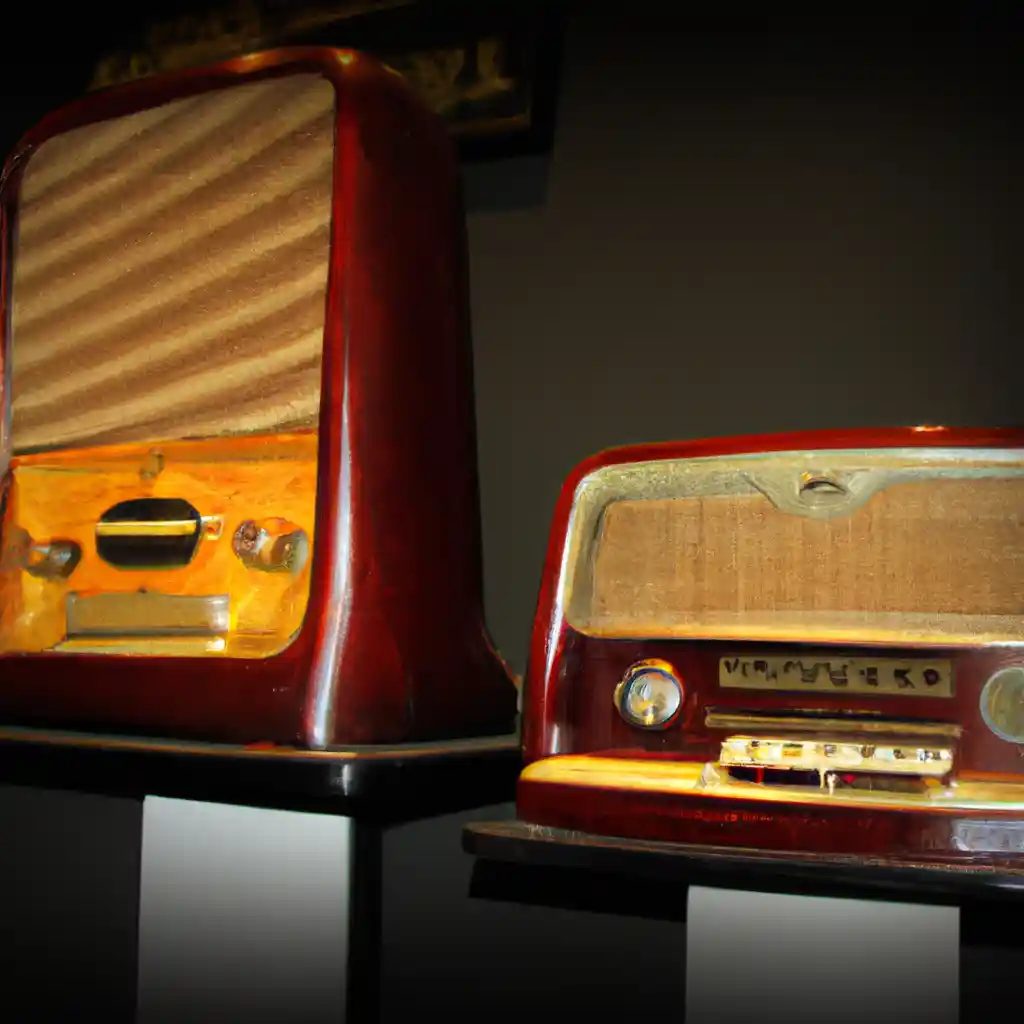The center of family life, people would turn to it—much as they do with television today—as their primary source for news, entertainment, and sports programming. But with the onset of TV, radio—while far from forgotten—became more of a specialized medium, operating in the 200-channel shadow of its cathode-ray cousin. Jonathan Winter prefers to remember when radio was “The Shadow”—and “The Green Hornet” and “The Six Shooter” and “The Thin Man,” and he pays tribute to that era by displaying his personal passion and private collection in a museum devoted to antique radios and radio shows.
“Radio was important to people of the older generation. It was a mental exercise,” said the 56-year-old Winter. “The sheer technology of bringing voices over the airwaves is fascinating.” Winter’s Antique Radio Museum in Bellingham, 90 miles north of Seattle, tells the story of the history of wireless technology and its influence on American culture in the 20th century from the beginning of radio until the early 1940s.
“The museum’s a fascinating example of the beginnings of electronic telecommunications,” said visitor Doug Thomle, 56, of Stanwood. “It helps to remind people of the impact that radio has had on society.” Winter estimates there are 10 other radio museums open to the public in the United States, but says none of the others are hands-on. Here, thousands of annual visitors are allowed to operate anything they see, which is quite a bit, considering that of the 1,000 items in the museum, 90 percent are in working order, restored by Winter.
“Part of the joy of this is repairing them and bringing them back to life,” Winter said during a recent visit. Winter also houses radio show tapes on everything from Amos and Andy to Walter Winchell and even broadcasts classic radio programs on a low-power radio station from the museum. “My interest is two-fold: to preserve the medium and to maintain it as an educational resource for future generations,” he said.
In order to interest youth in science and physics, Winter loans pieces from his collection to schools and even has a very un-’20s and ’30s website, which increases in use to 800 to 900 hits an hour after school visits. Winter himself fondly remembers Saturday afternoons when his engineer father’s German garbage men friends would stop by to visit their Santa Barbara, Calif. home. They would let Winter look through their trucks for stuff to play with. Winter invariably chose discarded radios, which he taught himself to put back together.
“Today’s toys are so sterile,” Winter said. “You can’t really explore or learn from them just by assembling them.” Thinking of radio as just a hobby, Winter attended the University of California at Berkeley and the University of California at Santa Barbara, taking art classes, intending to pursue a career in jewelry making. The Alaskan Silver and Ivory Co. brought Winter and his wife to Bellingham in the early 1970s for this purpose, but he soon found himself tinkering again—this time building satellite systems.
Meanwhile, his daughter’s friends were always fascinated by his ongoing radio projects and he got to thinking that maybe others would be interested too. He put up his own money and in 1988 started the Antique Radio Museum in the Fairhaven Market. In 1993, the building was sold and remodeled, forcing Winter to move to his present 1,000-square-foot location on Railroad Avenue. Today, Winter still runs the museum as a non-profit with occasional help from donations and a $10,000 City of Bellingham contribution.
The Antique Radio Museum is at 1315 Railroad Ave., Bellingham. Hours of operation are Noon to 5 p.m. Wednesday through Saturday.





